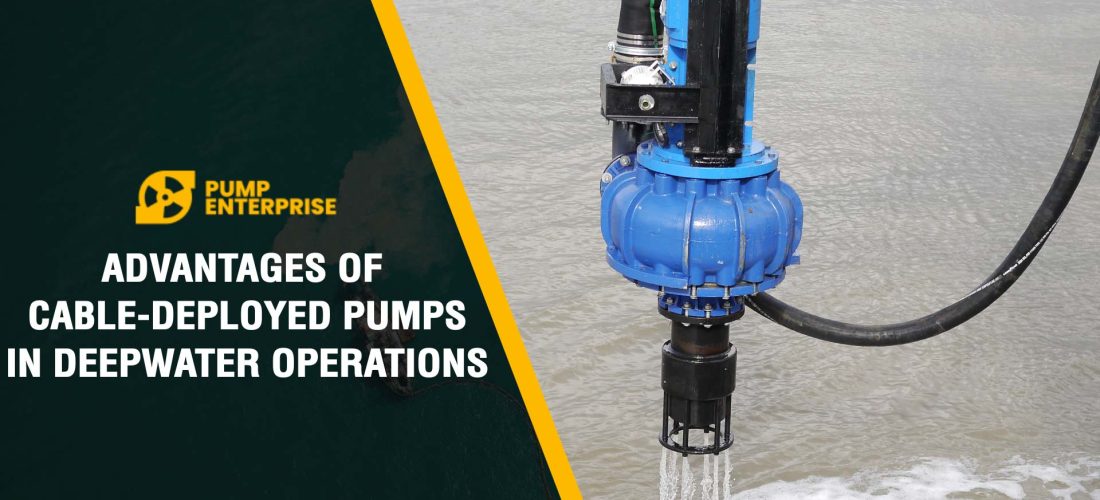
The oil and gas industry constantly evolves to meet the growing energy demand while operating in increasingly challenging environments. Deepwater operations, essential for tapping into large offshore reserves, come with unique difficulties such as extreme depths, high pressure, and complex logistical demands. In response to these challenges, technological advancements have led to the development of cable-deployed pumps, which offer a range of advantages over traditional pumping methods. This article explores the key benefits of using a cable-deployed pump and its impact on deepwater operations.
Overview of Cable-Deployed Pumps
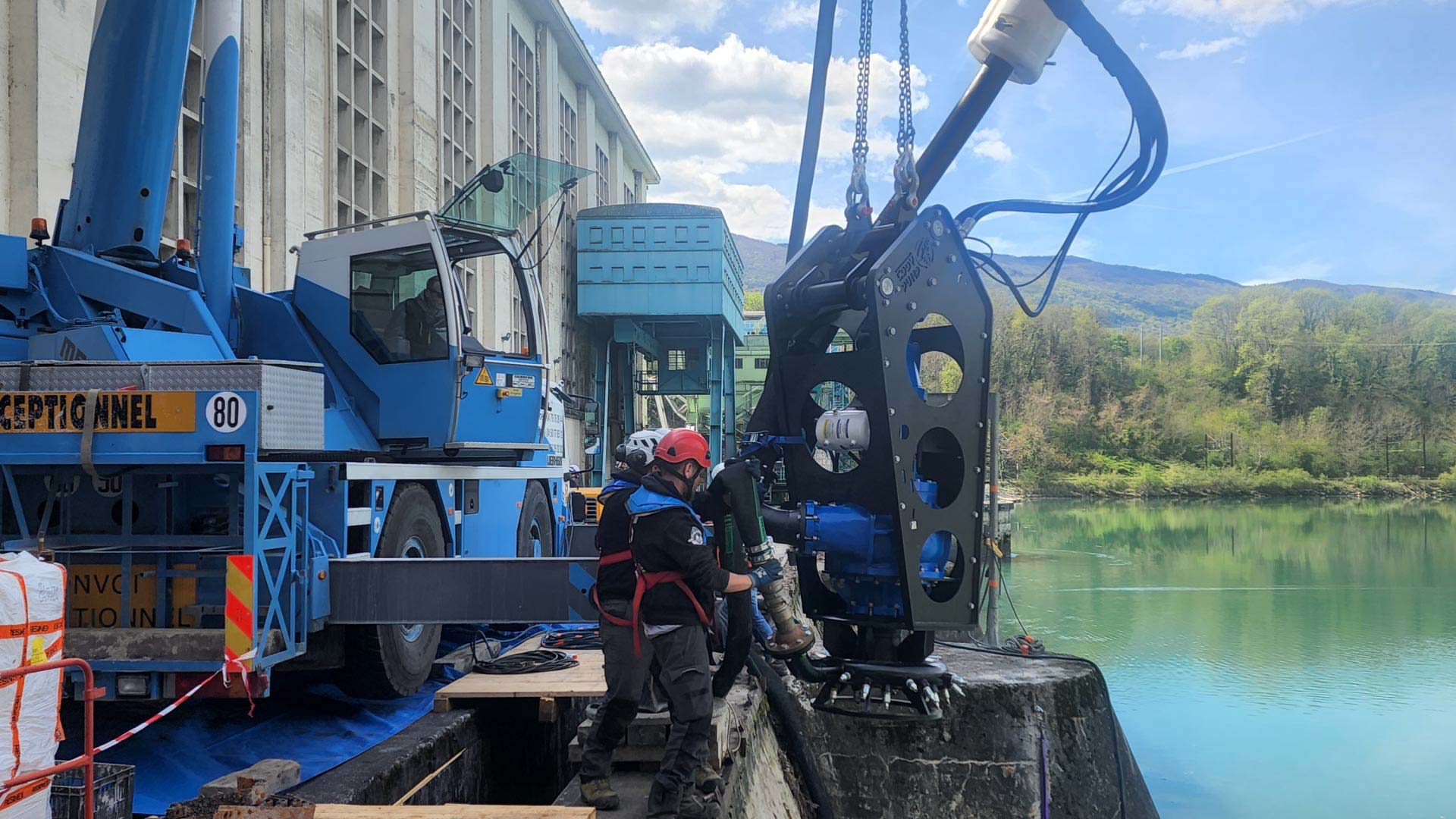
A cable-deployed pump is a specialized technology used in offshore and deepwater environments to extract hydrocarbons. Unlike traditional electric submersible pumps (ESPs) or hydraulic systems, these pumps are deployed and retrieved using cables instead of tubing or casing, which significantly simplifies the installation process.
The core functionality remains similar—these cable-deployed submersible pumps are used to boost production from wells, especially in deepwater operations where the depth and pressure pose unique challenges. However, using a cable-operated pump system for deployment makes a significant difference in flexibility, cost, and operational efficiency.
1. Simplified Deployment and Retrieval
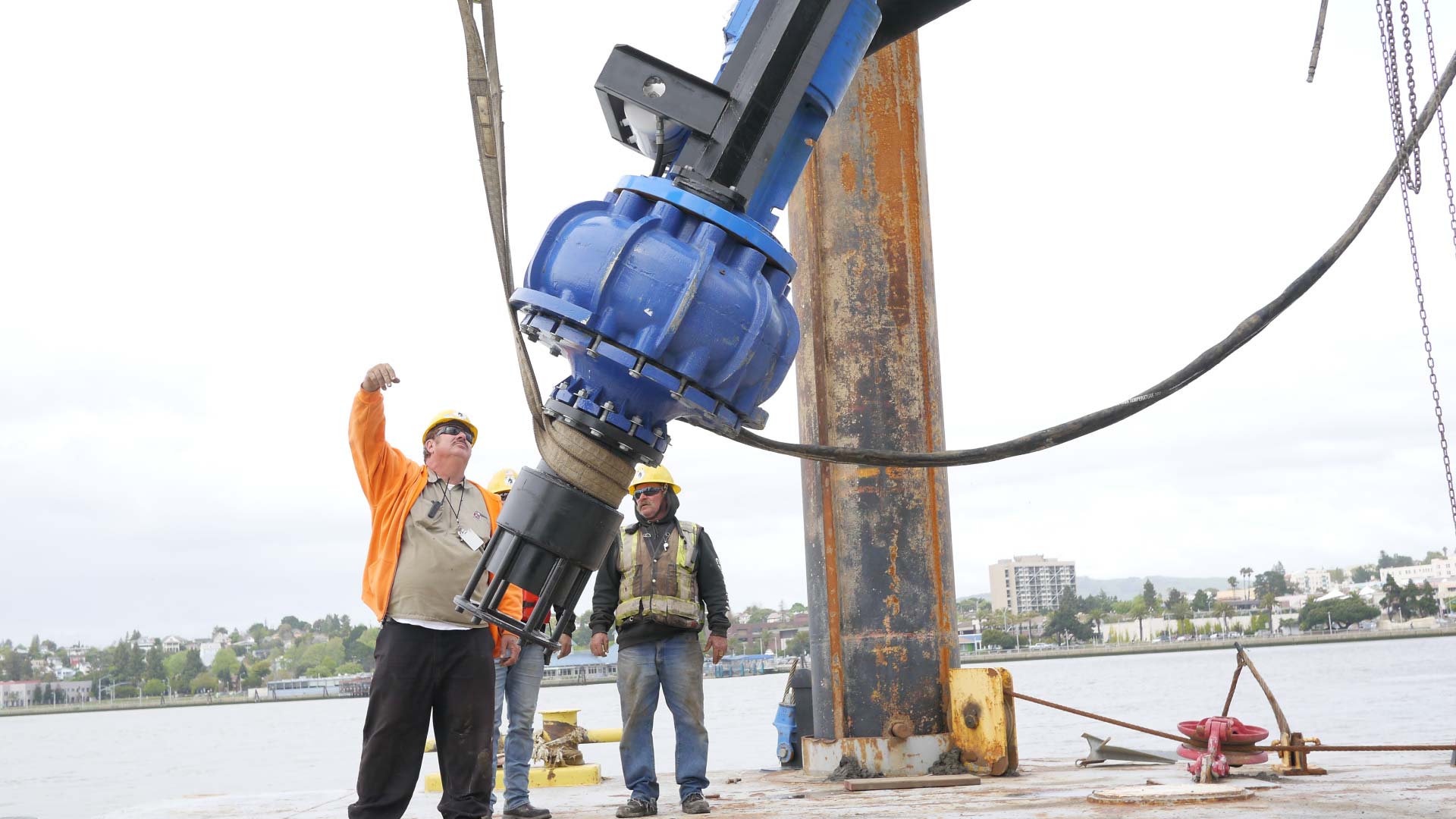
One of the primary advantages of cable-deployed pumps is the ease of deployment and retrieval, especially in the demanding conditions of deepwater environments. In traditional systems, deployment requires running tubing or casing downhole, a time-consuming and complex process. Cable-operated pumps, on the other hand, can be installed much more quickly since they rely on lightweight, flexible cables instead of rigid pipes.
This simplified deployment translates to reduced downtime for installation and retrieval. In deepwater operations, where time is a critical factor due to the high cost of rig time and other logistical constraints, this can lead to significant savings. For instance, a traditional electric submersible pump may take several days to deploy, while a cable-deployed pump can often be installed in a fraction of that time.
By minimizing installation time, operators can quickly resume production, improving overall operational efficiency. The ease of retrieval is also beneficial in case of pump maintenance or replacement, further reducing production downtime in these deepwater operations.
2. Cost Efficiency
Cost savings are another major benefit of cable-deployed pumps in deepwater operations. Since these deepwater pumps do not require extensive infrastructure or heavy equipment for deployment, the associated operational costs are significantly lower. Traditional pump systems often need larger crews and specialized machinery, adding to the expenses. In contrast, cable-deployed submersible pumps require fewer resources, allowing for more efficient allocation of capital.
Additionally, the speed of deployment and retrieval means less time spent on costly downtime. In deepwater environments, where rig costs can exceed hundreds of thousands of dollars per day, even minor reductions in downtime can result in substantial financial savings.
Another cost-related advantage is the reduction in maintenance expenses. Cable-operated pumps can be retrieved more easily for repairs or replacement, lowering the need for expensive workovers and interventions. This streamlined maintenance approach contributes to lower lifecycle costs, making the cable-deployed pump a more financially sustainable option for deepwater operators.
3. Flexibility and Adaptability
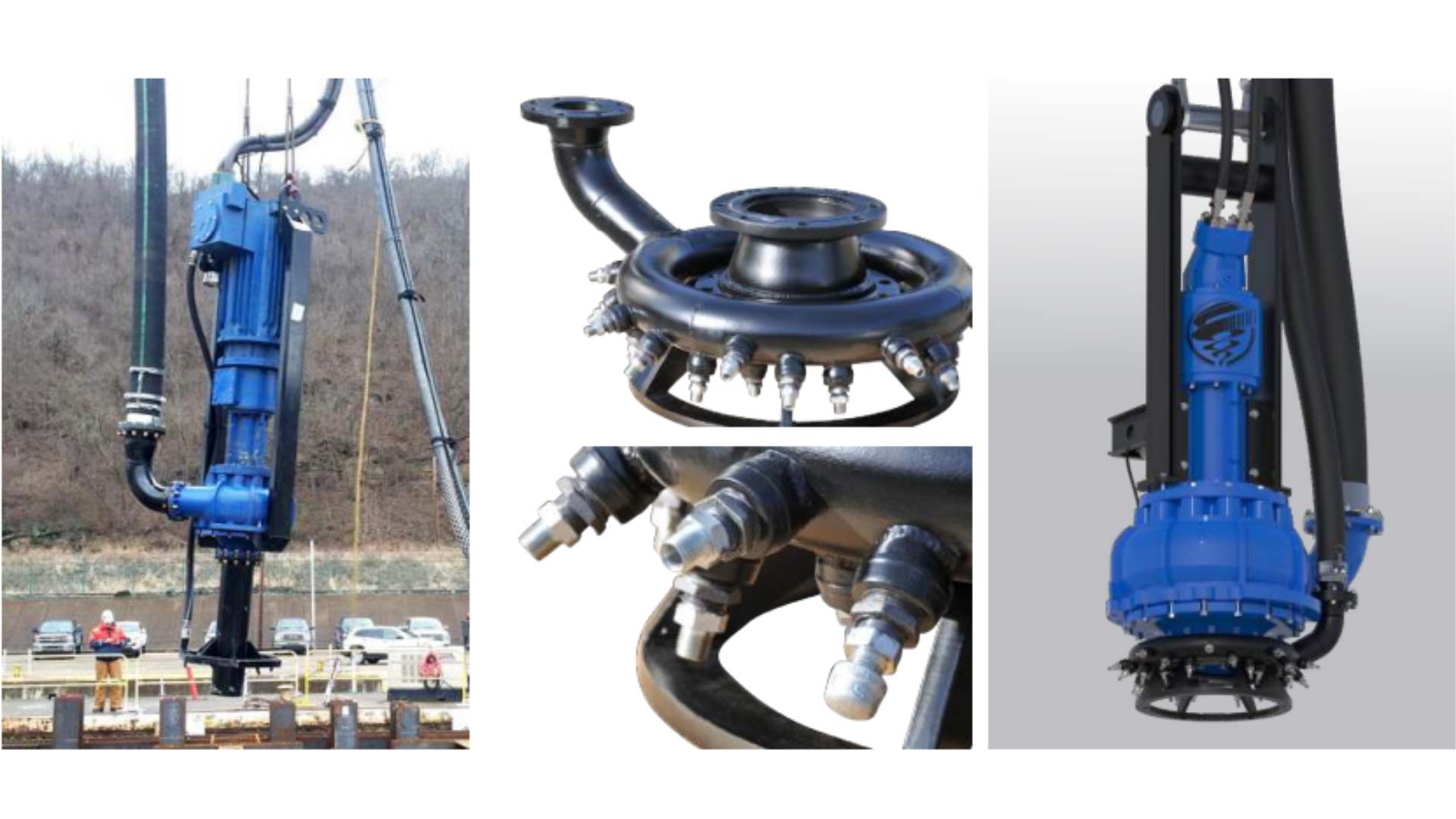
Cable-deployed pumps offer superior flexibility in deepwater operations, an essential feature for environments where conditions can vary significantly between wells. These deepwater pumps can be deployed at various depths without requiring substantial adjustments to the infrastructure, making them ideal for both permanent installations and temporary well interventions.
Their adaptability also extends to changing well conditions, such as fluctuating pressures or temperatures. Because cable-deployed submersible pumps can be retrieved and redeployed relatively easily, operators can adjust the pump setup to optimize production without extensive delays or costs. Furthermore, the modular design of a cable-operated pump allows for easier upgrades or replacements of individual components, ensuring that the system can evolve as needed without lengthy interruptions to production.
This flexibility is particularly beneficial in deepwater operations, where the unpredictable nature of the subsea environment demands equipment that can adapt quickly to shifting conditions.
4. Enhanced Operational Safety
Safety is always a top priority in offshore operations, and cable-deployed pumps help reduce risks in several ways. The simplified installation process involves fewer moving parts and heavy machinery, lowering the chance of accidents during deployment or retrieval. With traditional systems, the use of large-scale equipment and complex procedures can introduce a higher risk of human error or equipment failure.
In addition, cable-deployed submersible pumps can often be remotely operated and monitored, reducing the need for human intervention in hazardous environments. This capability further enhances operational safety by keeping personnel out of harm’s way, particularly in deepwater settings where conditions can be extremely challenging.
By minimizing the amount of heavy lifting and manual intervention required, cable-deployed pumps provide a safer, more streamlined approach to well intervention and maintenance.
5. Improved Performance and Longevity
Another significant advantage of cable-deployed pumps is their ability to perform well under extreme conditions in deepwater environments. These deepwater pumps are designed to operate at high pressures and temperatures, making them ideal for wells that present challenging physical conditions.
Furthermore, cable-deployed submersible pumps are built with durability in mind, often incorporating corrosion-resistant materials to withstand the harsh subsea environment. This resistance to wear and tear results in longer operational lifespans, reducing the frequency of failures and the need for costly replacements.
In deepwater operations, where reliability is critical, the robust performance of cable-deployed pumps makes them a valuable asset. Operators can rely on these deepwater pumps to maintain consistent production without the constant interruptions that can occur with less durable equipment.
6. Environmental Impact
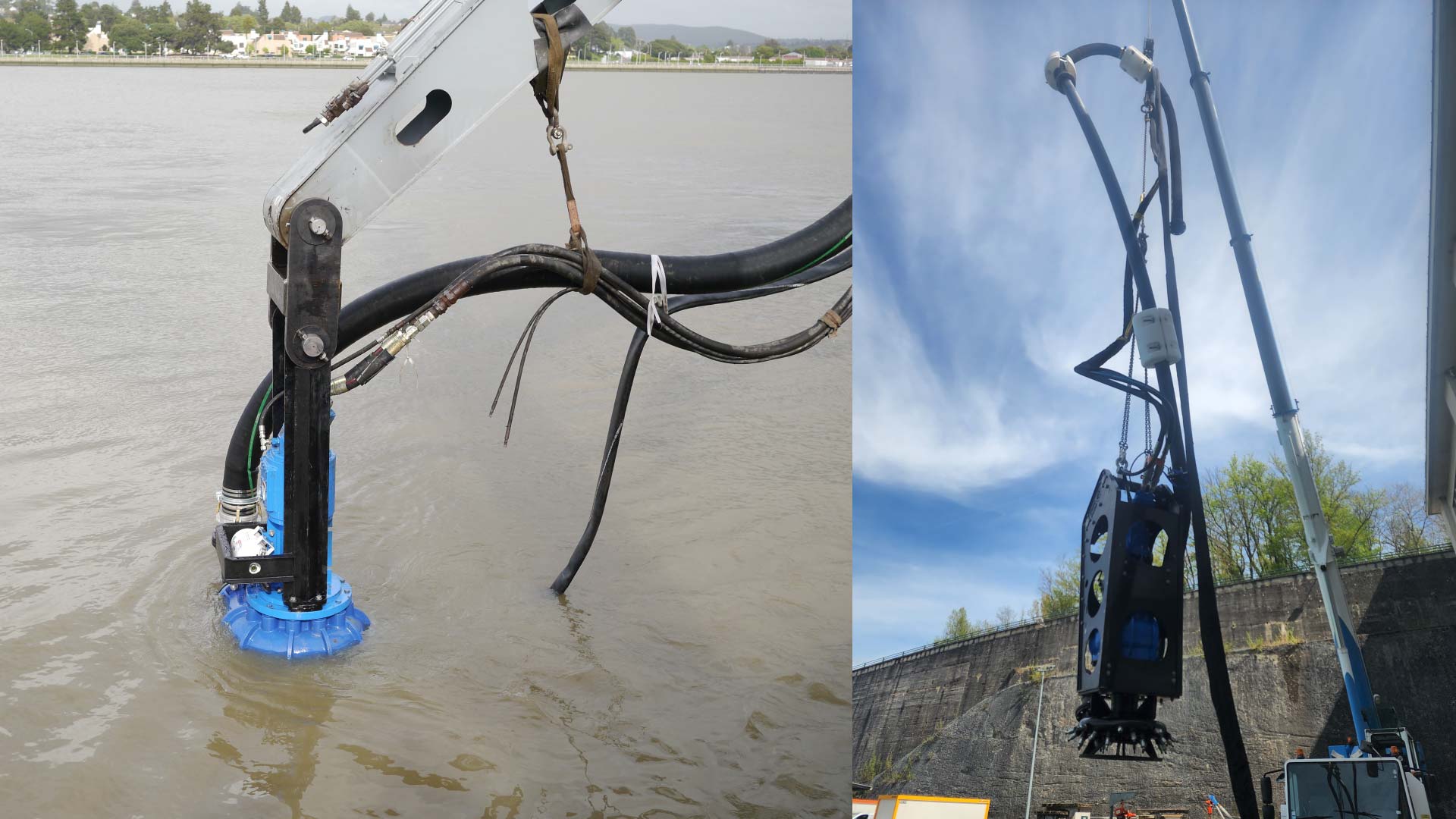
Lastly, cable-deployed pumps offer environmental advantages, which are increasingly important in an era of heightened focus on sustainability in the oil and gas industry. The simplified deployment process reduces the overall footprint of operations, requiring fewer heavy materials and less energy-intensive procedures. This reduction in infrastructure also lowers the risk of spills or leaks, which can be more common in traditional pump systems.
Additionally, because fewer interventions are needed over the lifespan of a cable-operated pump, the environmental impact of maintenance activities is minimized. Fewer workovers mean less disruption to the surrounding marine environment, contributing to more sustainable offshore operations.
Conclusion
Cable-deployed pumps represent a significant advancement in deepwater oil and gas operations. Their simplified deployment, cost efficiency, flexibility, and enhanced safety make them an attractive option for operators looking to optimize production in challenging environments. Additionally, their robust performance and reduced environmental impact further enhance their value in modern deepwater operations.
As the industry continues to evolve, cable-deployed pumps are likely to play an even greater role in ensuring the efficiency and sustainability of deepwater resource extraction.

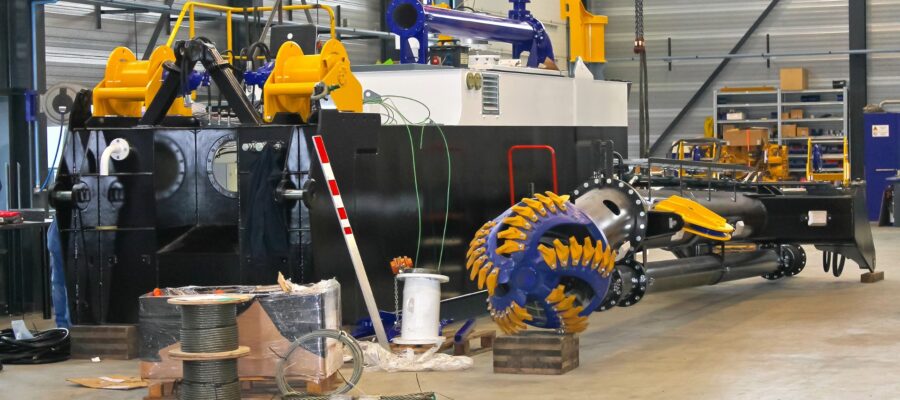

Post a Comment